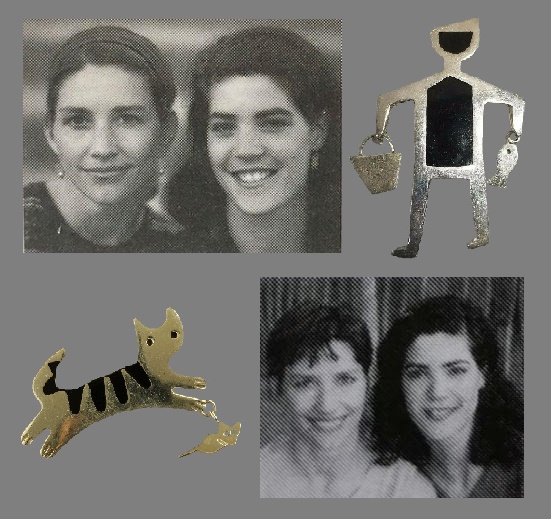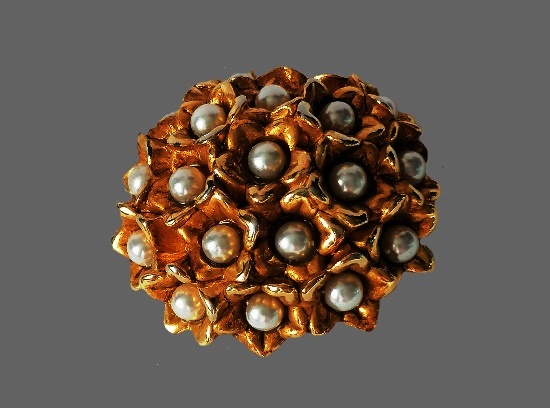Anne & Jane Harvey vintage artisan jewelry

Proverbial designs rendered by the fine traditional silver smiths of Taxco, Mexico. Anne & Jane Harvey vintage artisan jewelry
Anne & Jane Harvey vintage artisan jewelry
American artist and silversmith, Jane Harvey (b. 1964) established her family business “Anne & Jane” in 1989. It was a jewelry studio located at 850 E Oak St Fort Bragg, California. Anne Harvey, who worked in Taxco, Guerrero, Mexico (since 1984), moved to Fort Bragg and joined the family business. Talented artists and designers, the sisters created whimsical pendants, earrings and brooches from sterling silver, metal alloys and enamel by hand. Traditionally, their designs included animalistic and nature inspired motifs, as well as houses and objects. They signed their jewelry creations with “A & J Harvey 925”.
In fact, most vintage items have marking “Anne Harvey Mexico sterling”, before Anne joined her sister’s business. Thus, the history of jewelry of the Harvey sisters is more than 30 years old. Noteworthy, their last large collection of realistic cats, dog breeds, as well as deer, leaves designs appeared in 2017.
Handcrafted in limited editions, these vintage pieces are collectible.
More »





